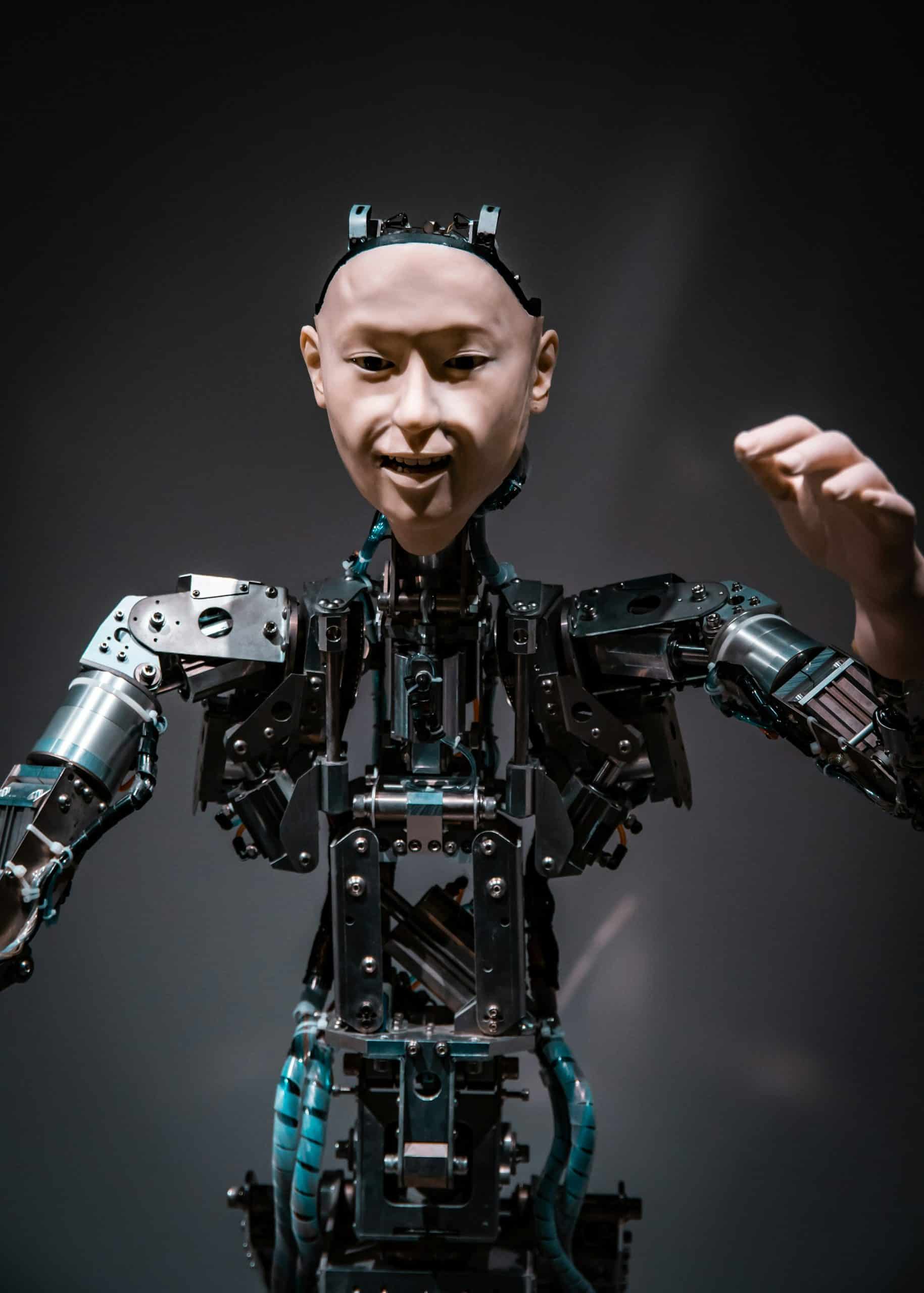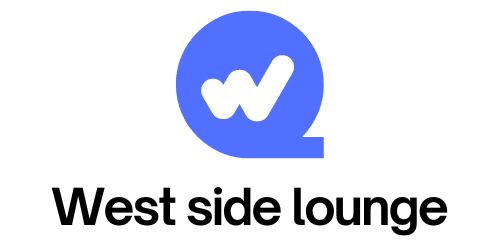How Is the Internet of Medical Things (IoMT) Transforming Patient Care?

The Internet of Medical Things (IoMT) is a technology-driven revolution that is changing the face of healthcare as we know it. By leveraging a network of connected devices and systems, healthcare providers can deliver improved patient care, monitor health conditions remotely, and make data-driven decisions. It is a combination of the internet, smart devices, and medical sensors, all working together to help healthcare providers deliver better, more efficient care. Let’s dive deeper into this.
Enhancing Patient Monitoring and Care
The Internet of Medical Things (IoMT) has revolutionized how healthcare providers monitor their patients. It involves the use of smart devices and sensors to remotely track and analyze a patient’s health data over time.
Also read : How Is Mixed Reality Changing the Dynamics of Interactive Learning?
One of the greatest benefits of IoMT is remote patient monitoring. With the advent of this technology, healthcare providers can track a patient’s health without the need for physical appointments. From heart rate monitors to glucose monitors, various smart medical devices can automatically collect important health data and send it to healthcare providers in real time. This allows doctors to keep an eye on their patients’ health conditions, detect any abnormalities quickly, and provide timely care.
Moreover, IoMT devices like wearable fitness trackers and smartwatches provide insightful health data including sleep patterns, heart rate, and physical activity levels. This data not only helps users to take control of their own health, but also provides valuable insights to healthcare providers for a comprehensive view of a patient’s health status.
Also read : What’s the Future of Cyber-Physical Systems in Industrial Automation?
Improving Healthcare Data Management
Data is at the heart of healthcare. From patient medical records to laboratory test results, healthcare providers deal with a vast amount of information every day. Managing this data effectively is crucial in providing quality patient care. This is where the Internet of Medical Things comes in.
IoMT technology integrates seamlessly with healthcare data systems, automating the collection, storage, and analysis of health-related data. This automated data management reduces the risk of human error, ensures data accuracy, and enables healthcare providers to make informed, data-driven decisions.
In addition, the use of cloud-based systems in IoMT allows for real-time data sharing and collaboration among healthcare providers. For example, a physician can instantly access a patient’s medical history, diagnostics, and prescriptions from any location, leading to efficient and coordinated care.
Ensuring Patient Safety and Security
Patient safety and security are major concerns in the healthcare sector. The Internet of Medical Things, with its smart technologies and systems, can make significant contributions to improving these areas.
IoMT devices are equipped with advanced security features to protect sensitive patient data from cyber threats. They use encryption, biometric authentication, and other security measures to ensure that patient data remains private and secure.
Furthermore, IoMT can also enhance physical safety in healthcare facilities. For example, smart sensors can monitor environmental conditions in hospitals, alerting staff to any potential safety risks. Similarly, connected medical devices can notify healthcare providers if a patient’s health status changes abruptly, allowing for quick intervention.
Streamlining Healthcare Operations
The use of Internet of Medical Things can also streamline various healthcare operations, resulting in greater efficiency and cost savings. By automating routine tasks, IoMT allows healthcare providers to focus more on patient care.
For instance, smart inventory systems can monitor the usage of medical supplies and automatically reorder items when they run low. This reduces the time and resources spent on inventory management, allowing healthcare providers to focus more on their core responsibilities.
Similarly, by connecting different healthcare systems and devices, IoMT can streamline the process of patient admission, treatment, and discharge. This reduces administrative workload and improves the overall patient experience.
Driving Patient Engagement and Satisfaction
The Internet of Medical Things is not just about healthcare providers; it’s also about empowering patients. By giving patients access to their own health data through smart devices and apps, IoMT promotes self-care and increases patient engagement.
For example, patients can use mobile apps to track their own health metrics, set reminders for medication, and even get personalized health advice. This not only helps patients to manage their own health better, but also improves their satisfaction.
Moreover, with remote patient monitoring and virtual consultations, patients can receive care from the comfort of their homes. Not only does this save time and travel expenses for patients, but it also makes healthcare more accessible, especially for those living in remote areas.
In conclusion, the Internet of Medical Things is transforming patient care by enhancing monitoring, improving data management, ensuring safety, streamlining operations, and driving patient engagement. As the technology continues to evolve, we can expect even more innovations that will further revolutionize healthcare.
Boosting Predictive Analytics in Healthcare
The Internet of Medical Things (IoMT) is not only enhancing real-time patient monitoring but also bolstering predictive analytics in the healthcare industry. Predictive analytics involves using historical and real-time data to forecast future outcomes. In healthcare, this can help in predicting disease outbreaks, patient outcomes, and readmission risks.
IoMT devices like wearable fitness trackers, smartwatches, heart rate monitors, and blood pressure monitors constantly generate a vast amount of valuable health data. When combined with advanced data analytics, this data can provide predictive insights that can be crucial in improving patient care and healthcare outcomes.
For instance, by analyzing trends in a patient’s heart rate and blood pressure data, healthcare professionals can predict potential health risks and proactively adjust treatment plans. Similarly, by analyzing population health data, authorities can predict disease outbreaks and take preventive measures.
Moreover, predictive analytics can also improve resource allocation in healthcare facilities. By predicting patient admission rates and treatment outcomes, hospitals can better manage their resources and reduce operational costs.
In essence, the integration of IoMT with data analytics is enabling a proactive approach to healthcare, helping healthcare providers to predict and prevent health issues rather than just reacting to them.
Empowering Telemedicine
The Internet of Medical Things has played a significant role in the rise and effectiveness of telemedicine. Telemedicine involves the use of digital technologies to deliver healthcare services remotely, and IoMT devices are at the forefront of this revolution.
IoMT devices like remote patient monitoring devices enable healthcare providers to monitor patients’ health in real-time, regardless of their location. This has made it feasible for patients to receive quality care from the comfort of their homes, reducing the need for hospital visits.
In addition to remote patient monitoring, IoMT technology is also enabling virtual consultations. With the help of video conferencing tools and digital health records, healthcare professionals can consult with patients remotely, diagnose conditions, and even provide treatment plans.
Telemedicine, powered by IoMT, is not just making healthcare more accessible but also more convenient. It is particularly beneficial for patients living in remote areas, elderly patients, and those with chronic conditions who require regular monitoring and care.
In conclusion, the IoMT is more than just a technological innovation; it is a transformative force in healthcare. By enhancing patient monitoring, data management, predictive analytics, and telemedicine, IoMT is not just improving patient care but also patient outcomes. As this technology continues to evolve and become more integrated into our healthcare systems, we can expect an even more efficient, proactive, and patient-centric healthcare industry in the future.
